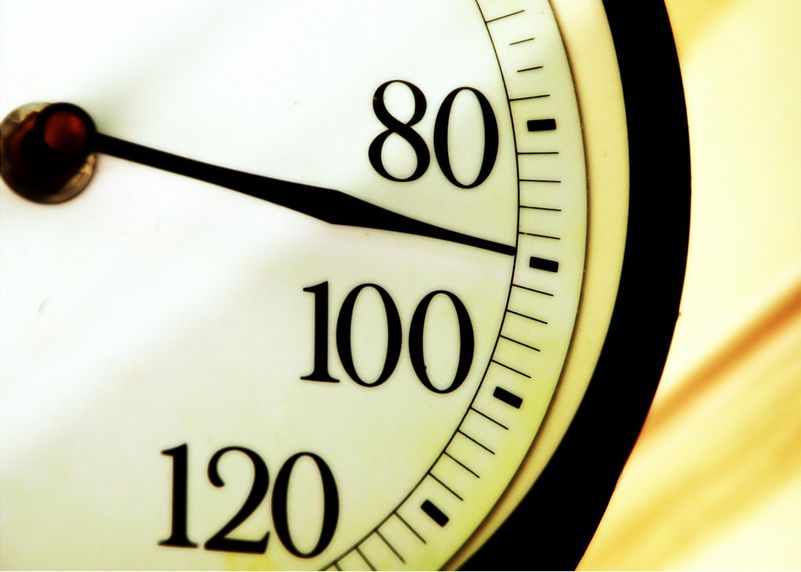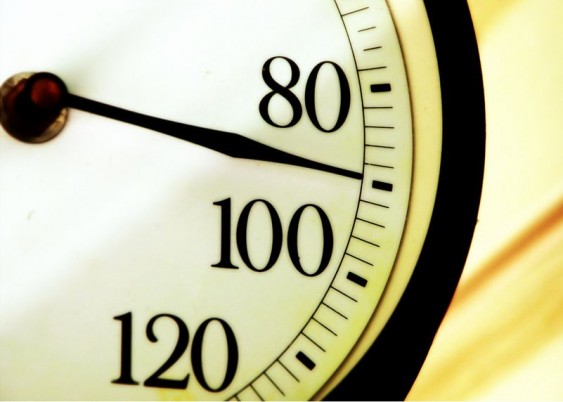A poll released yesterday by Yale Project on Climate Change Communication and the George Mason University Center for Climate Change Communication shows that Americans are connecting the dots between recent extreme weather and global warming.
The New York Times summed it up in a front page story: “a large majority of Americans believe that this year’s unusually warm winter, last year’s blistering summer and some other weather disasters were probably made worse by global warming. And by a 2-to-1 margin, the public says the weather has been getting worse, rather than better, in recent years.”
Looking more closely, majorities of Americans believe that global warming made several high profile extreme weather events worse, including:
- The unusually warm winter of December 2011 and January 2012 (72%)
- Record high summer temperatures in the US in 2011 (70%)
- The drought in Texas and Oklahoma in 2011 (69%)
- Record snowfall in the US in 2010 and 2011 (61%)
- The Mississippi River floods in the spring of 2011 (63%)
- Hurricane Irene (59%)
Notably, the survey reflects public opinion fairly consistent with scientific understanding of the interplay between a warming climate and recent weather. For example, the largest majorities connected heat waves with a changing climate. As the NYT reported yesterday, “Scientists say their statistical evidence for an increase of weather extremes is indeed strongest when it comes to heat waves.”
The public’s views on the record US snowfalls of 2010 and 2011—smaller but still substantial majorities cited global warming as a factor—are also consistent with scientific evidence that global warming is causing heavier precipitation in all seasons.
Is seeing believing? Impacts in real time, happening in familiar places, to regular people, take the otherwise big and abstract problem of climate change—an issue that’s consistently been belittled as a polar bear’s problem or something for those sorry, faceless “future generations” to deal with—and bring it to the here and now. (And speaking of the here and now, the poll found that 35 percent of the public reported being affected by extreme weather in the past year.)
As researcher Anthony A. Leiserowitz of Yale University, put it, “people are starting to connect the dots.” Indeed, these findings along with other recent polling data that show an uptick in concern about climate change “suggest that direct experience of erratic weather may be convincing some people that the problem is no longer just a vague and distant threat.” As Joel Romm points out, this survey reinforces a recent Brookings poll that found Americans’ understanding of climate change was increasing with more extreme weather and warmer temperatures. It also matches George Mason/Yale’s November survey finding.
We’re already talking about the weather. Let’s talk about climate too. The survey found that a large majority of Americans (71%) say they follow news about the local weather forecast very closely (31%) or somewhat closely (40%). But only 11 percent of Americans report that they have seen a weather forecaster talking about global warming in the past 12 months many times (5 or more), while 20 percent say they have seen this a few times (3 or 4 times).
To their credit, ABC and NBC news and the Weather Channel ran stories that connected March’s heat wave to global warming. But that still seems to be the exception, not the rule for reporting. The Yale/George Mason survey found that 58 percent of Americans would be interested in learning what their favorite TV weathercaster has to say about global warming.
My First Rule of Talking Climate and Extreme Weather was pretty simple: Talk about the connections. Maybe it seems too obvious. But most weathercasters aren’t necessarily doing it—a new study by Media Matters finds climate coverage is declining on some broadcast networks.
In fact, Sunday news show coverage dropped 90 percent between 2009 and 2011. Nightly news coverage of climate change dropped by 72 percent. Even more surprising given the partisan divide on the science of climate change, Media Matters found that 68 percent of the political figures interviewed or quoted by the Sunday shows were Republicans, and 32 percent were Democrats. In 2011, the only people interviewed or quoted about climate change on the Sunday shows were Republican politicians. And scientists are largely being left out of the conversations on broadcast media—particularly on the Sunday shows which are more likely to shape the debate in Washington DC:
Of those hosted or interviewed on climate change, 50% were political figures—including elected officials, strategists and advisers—45% were media figures, and none were scientists. By comparison, 32% of those interviewed or quoted on the nightly news programs were political figures, and 20% were scientists.
I know that in my social circles and family gatherings, everybody talks about the weather, but nobody ever really talks about global warming (my wonky co-workers excepted, of course). So, weather seems to be a natural way to start a meaningful conversation about climate—one that might not otherwise be taking place around dinner tables and water coolers in this country.
(If you’re wondering just how to have those conversations, look for more messaging tips in this series in the next few days).












